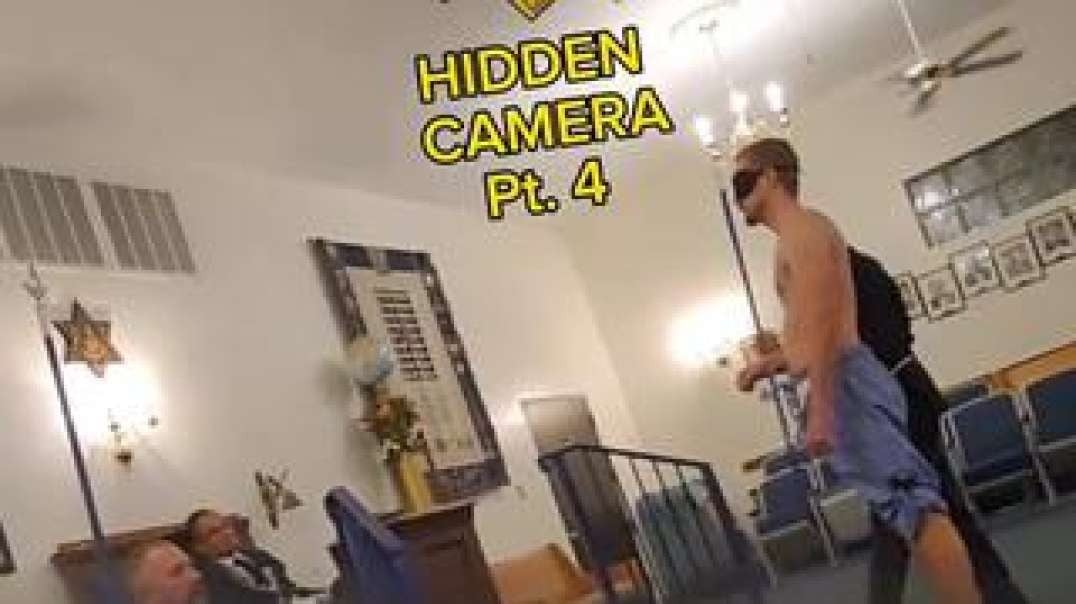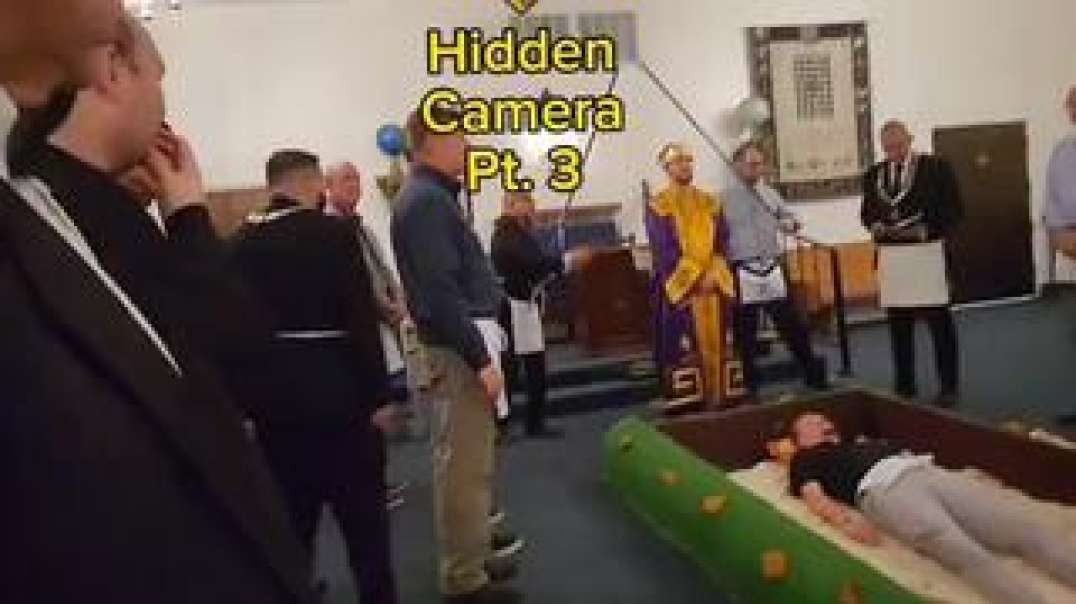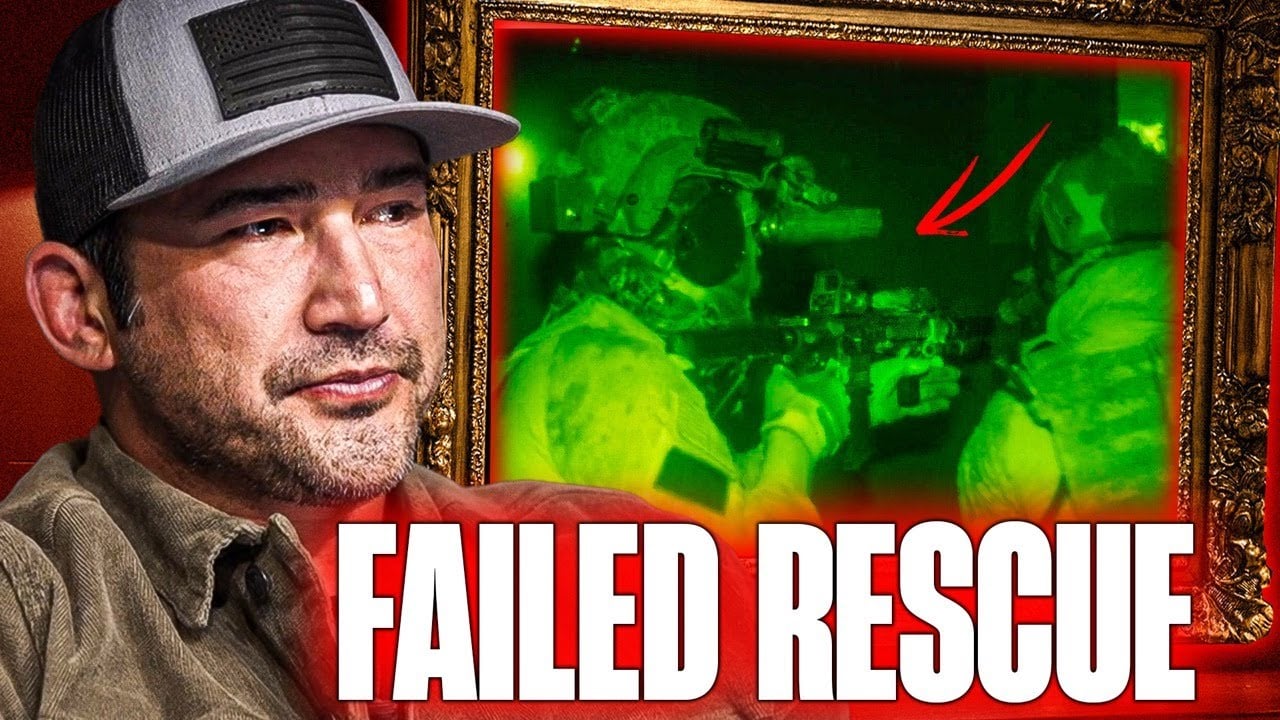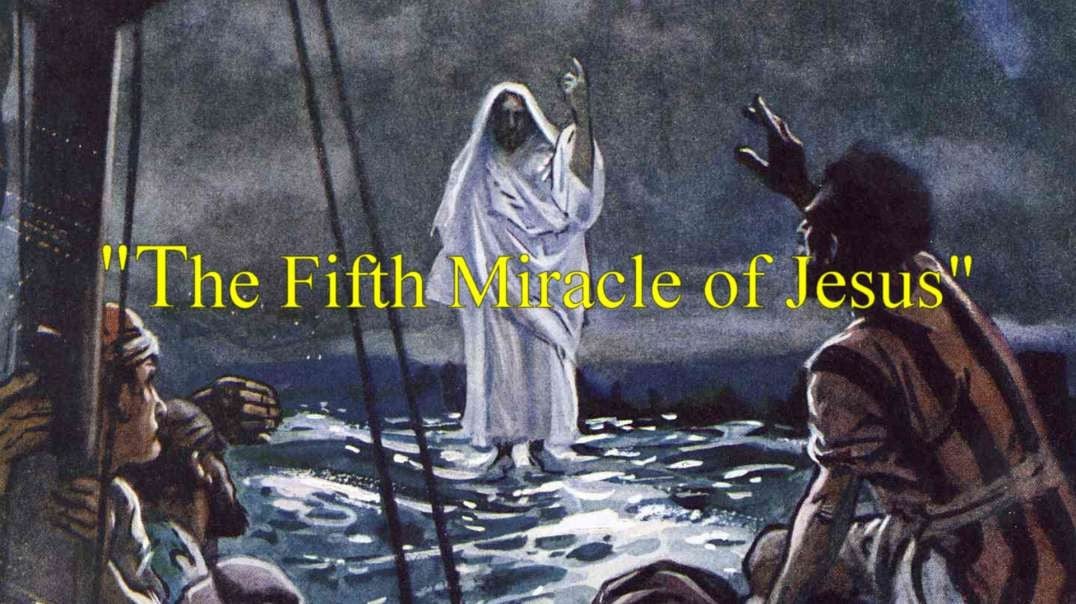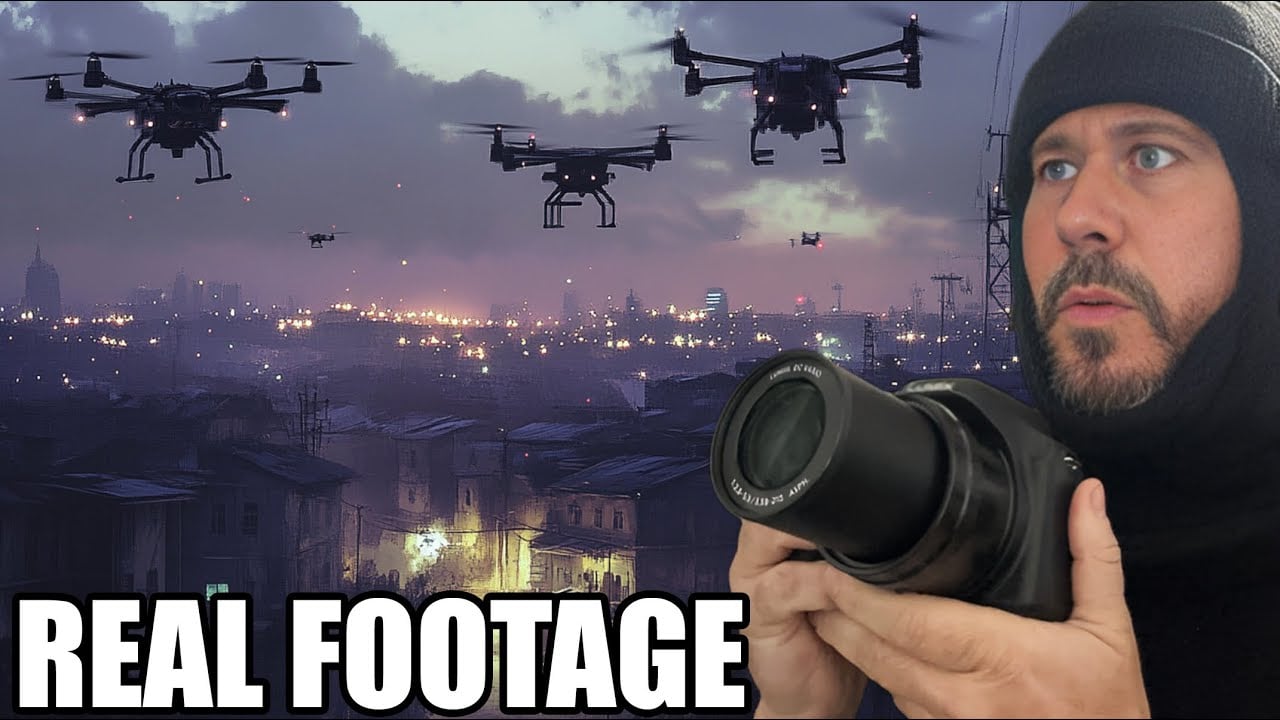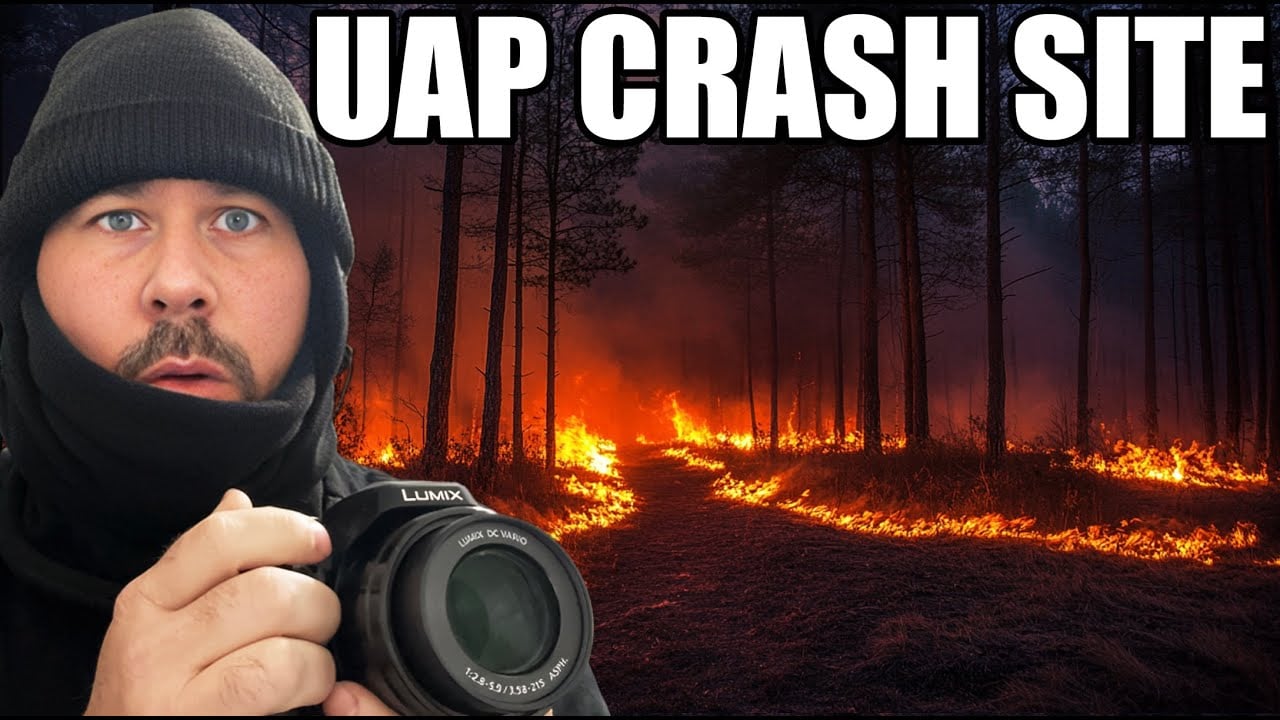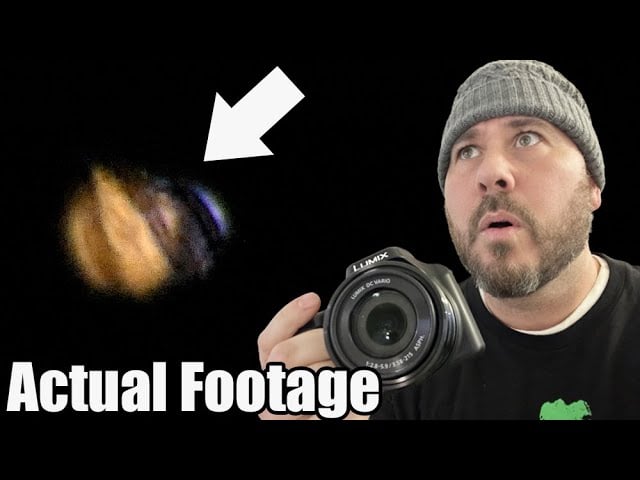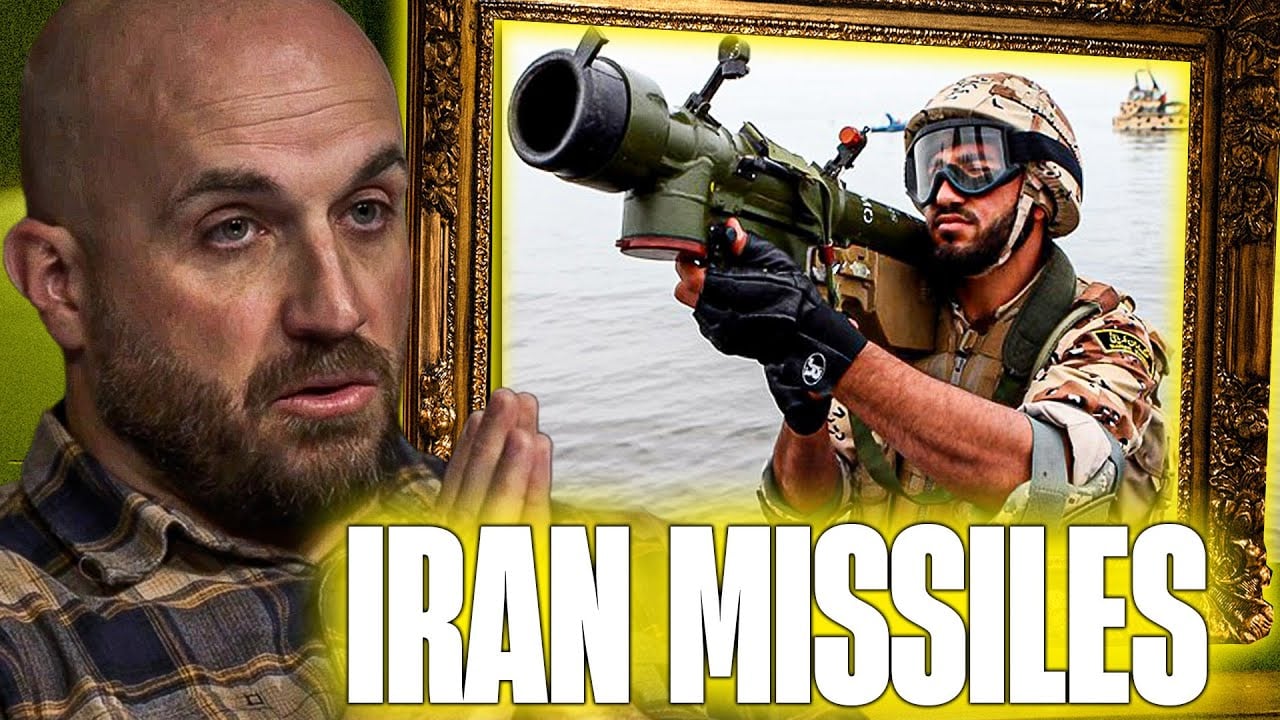RICHARD E BYRD "DISCOVERY" 1933-35 EXPEDITION PART 2 74332
Also known as "Into Little America", this film shows Admiral Richard E. Byrd's second expedition to the South Pole. Paramount Pictures sent two cameramen along to film this expedition, and appears to have liberally re-created certain aspects of the journey (as the set pieces at the start of the film demonstrate). Ont his second expedition, in 1934, Byrd spent five winter months alone operating a meteorological station, Advance Base, from which he narrowly escaped with his life after suffering carbon monoxide poisoning from a poorly ventilated stove. Unusual radio transmissions from Byrd finally began to alarm the men at the base camp, who then attempted to go to Advance Base. The first two trips were failures due to darkness, snow, and mechanical troubles. Finally, Thomas Poulter, E.J. Demas, and Amory Waite arrived at Advanced Base, where they found Byrd in poor physical health. The men remained at Advanced Base until 12 October when an airplane from the base camp picked up Dr. Poulter and Byrd. The rest of the men returned to base camp with the tractor. This expedition is described by Byrd in his autobiography "Alon"e. It is also commemorated in a U.S. postage stamp issued at the time, and a considerable amount of mail using it was sent from Byrd's base at Little America, which was powered by a Jacobs Wind 2.5 kW.
Rear Admiral Richard E. Byrd, Jr., USN (25 October 1888 – 11 March 1957) was an American naval officer who specialized in feats of exploration. He was a pioneering American aviator, polar explorer, and organizer of polar logistics. Aircraft flights, in which he served as a navigator and expedition leader, crossed the Atlantic Ocean, a segment of the Arctic Ocean, and a segment of the Antarctic Plateau. Byrd claimed that his expeditions had been the first to reach the North Pole and the South Pole by air. However, the majority of polar experts are now of the opinion that Roald Amundsen has the first verifiable claim to each pole. Byrd was a recipient of the Medal of Honor, the highest honor for heroism given by the United States.
The Expedition ended May 12, 1935 after the formal ceremonies at Constitution Hall, where the Expedition, Byrd and all of the men were honored. The story actually goes on with parades, honorariums, etc. etc.
The best sources on this expedition are: the official account by Richard E. Byrd, “Discovery, the Story of the Second Byrd Expedition,” published in 1935 by G. P. Putnam; and the only contemporary account written during the expedition, by Stuart D. Paine, “Footsteps on the Ice, The Antarctic Diaries of Stuart D. Paine, Second Byrd Expedition,” compiled and edited by M. L. Paine, and published by the University of Missouri Press in 2007.
We encourage viewers to add comments and, especially, to provide additional information about our videos by adding a comment! See something interesting? Tell people what it is and what they can see by writing something for example like: "01:00:12:00 -- President Roosevelt is seen meeting with Winston Churchill at the Quebec Conference."
This film is part of the Periscope Film LLC archive, one of the largest historic military, transportation, and aviation stock footage collections in the USA. Entirely film backed, this material is available for licensing in 24p HD and 2k. For more information visit http://www.PeriscopeFilm.com

